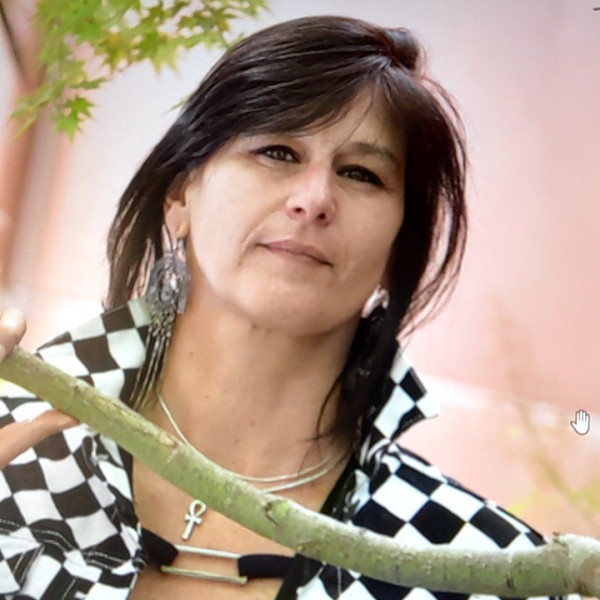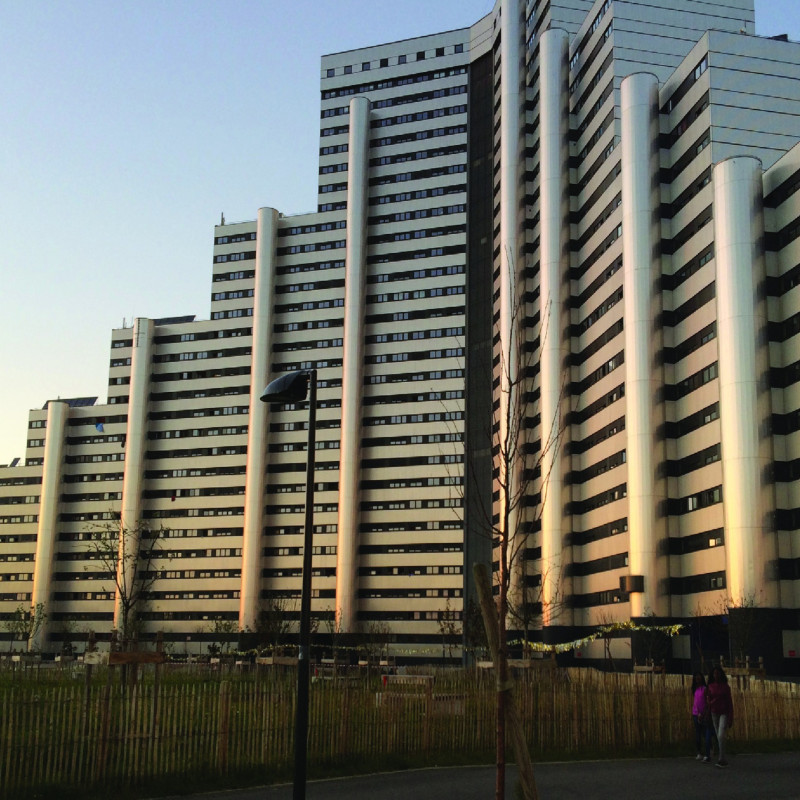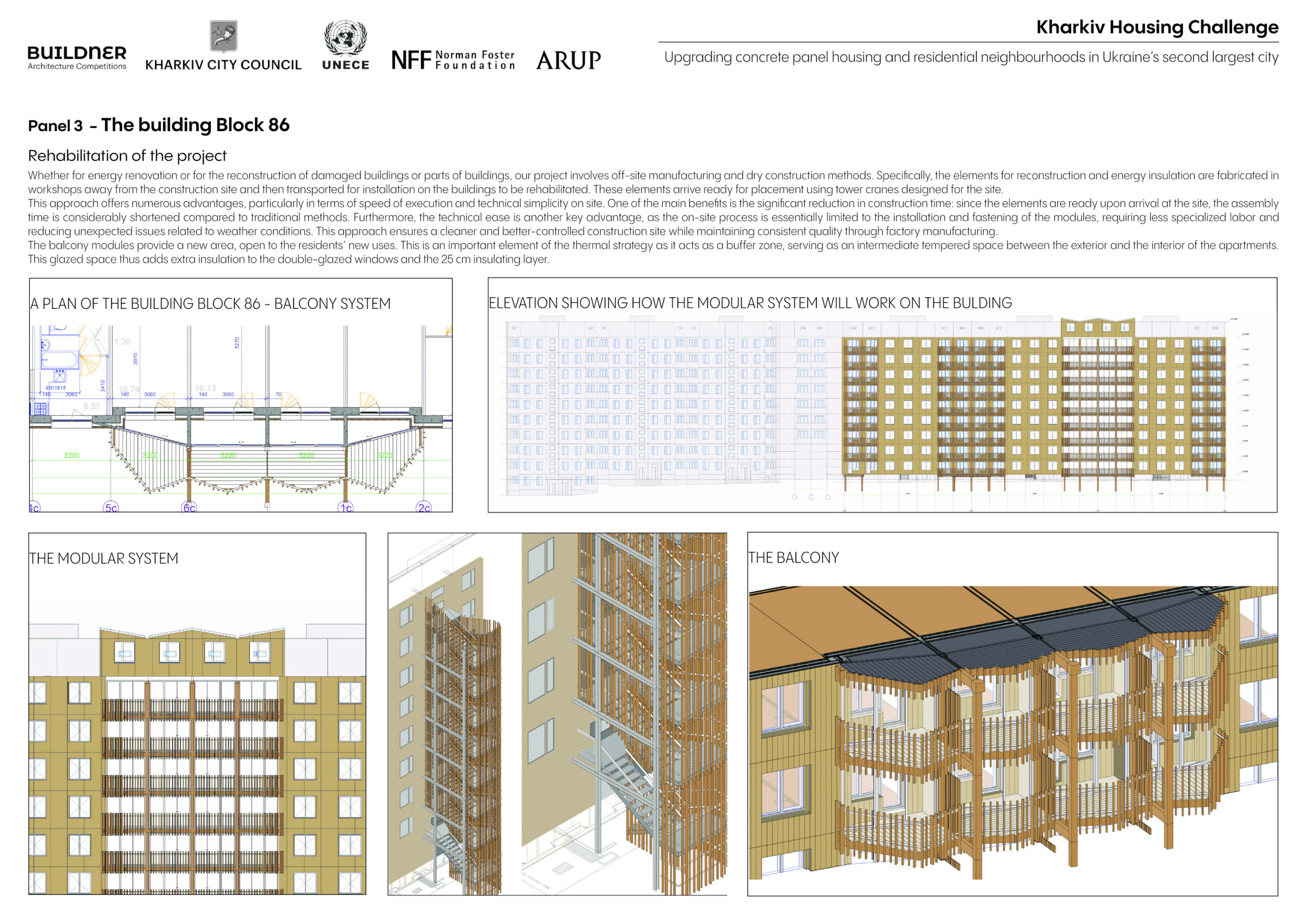5 key facts about this project
At the core of the project is its multifunctional purpose. Serving both as a community gathering hub and a workspace, the architecture is designed to foster collaboration and interaction among users. The layout emphasizes openness, with expansive communal areas that invite people to engage with one another. This principle is reflected in the floor plan, featuring flexible spaces that can be adapted for various activities, reinforcing the building’s role as a versatile platform for social and cultural exchange.
The physical characteristics of the project are defined by a keen attention to materiality. The façade employs a combination of glass, steel, and sustainably sourced wood, creating a harmonious blend of transparent and opaque surfaces. This choice not only enhances the aesthetic appeal of the architecture but also addresses environmental considerations by utilizing materials that promote energy efficiency. The glass elements allow for natural light to penetrate deep into the interior spaces, reducing the need for artificial lighting during the day and creating a welcoming atmosphere for users. Additionally, the careful selection of materials contributes to the durability and longevity of the structure, ensuring that it remains a vital part of the urban fabric for years to come.
A distinctive feature of the project is its commitment to sustainability. The design incorporates several green technologies, such as solar panels and rainwater harvesting systems, that minimize the building's ecological footprint. This commitment is not merely functional but also conceptual, promoting the idea that architecture can and should harmonize with the environment while serving human needs. The strategic positioning of windows and outdoor spaces helps optimize natural ventilation, further enhancing occupant comfort and well-being.
Architectural details play a significant role in conveying the project's overarching narrative. The interplay between light and shadow is expertly manipulated through the careful arrangement of overhangs and terraces, which not only adds to the visual depth of the structure but also creates dynamic outdoor spaces for users to enjoy. The use of local art installations and landscaping enhances the connection to the community, inviting residents to take ownership of the building while enriching their daily experiences.
In terms of unique design approaches, the project exemplifies a modern interpretation of traditional architectural elements. By blending contemporary aesthetics with local architectural vernacular, the design respects the heritage of the area while promoting a forward-thinking identity. This is achieved through the thoughtful incorporation of local references and materials that resonate with the cultural context, resulting in a building that feels both timeless and relevant.
The overall outcome of the project illustrates a comprehensive understanding of the intricate relationship between space, function, and environment. It stands as a testament to the potential of architecture to inspire and connect people while addressing contemporary challenges. The architectural plans reveal the meticulous planning undertaken to achieve a seamless flow between indoor and outdoor environments, encouraging users to engage with the landscape surrounding the building.
For those looking to delve deeper into this architectural endeavor, a review of the architectural sections and designs will offer valuable insights into the complexities and considerations that shaped the final outcome. The thoughtful exploration of the spatial organization, material application, and innovative design methodologies presents a compelling case for the role of architecture in enhancing community and environmental sustainability. Exploring the project in greater detail will provide a fuller appreciation of its significance in today’s architectural discourse.


 Jaouen Solen
Jaouen Solen 























